Search Results for Tag: science
Dandelions, the new hope of the tire and rubber duck industry
Take a moment to think about rubber. We all need the flexibel waterproof material everyday without noticing it. And so does the world’s economy. Millions of things are made of rubber, tires for cars for example, the soles of shoes, rubber balls for kids to play, airbeds… And what about all these lovely rubber ducks without whom every sunday bath would be incomplete?
Although rubber can be produced synthetically, lots of the material still needs some 40 percent or more of natural rubber, coming from rubber trees. And since those trees are prone to diseases and can be affected by bad weather, scientists try to find a replacement. And they found one: Dandelions. Those yellow flowered plants contain a white, milk-like liquid that has the potential to become rubber. The success of the process depends on the strain of the plant itself. Some are more suitable than others. It’s possible to harvest at least some kind of rubber (for example for rubber bands) from every Dandelion.
Besides dandelions tend to be a very tough weed, growing even under adverse conditions such as poor soil or a changing climate.
Luckily for the whole tire and maybe the rubber duck industry, a dandelion strain from Kazakhstan seems to have a saviour-potential. The plants taproot yields that milky fluid – with tyre-grade rubber particles in it. So molecular scientists at the Fraunhofer Institute are working to secure the future of road transport if the tree goes the way of all flesh.
So let’s hope that the research will be a success, otherwise the rubber duck in the video below will probably be all alone forever. And don’t you want to have one of these in your tub (even if it has to be a very very big tub)?
The duck was created by Dutch artist Florentijn Hofman. It sailed into the Port of Los Angeles on August 20th, 2014 and is said to be the “world’s largest rubber duck,” being six stories tall and with a weight of 11 tons.
I’ll scratch your back if you scratch mine
By Jennifer Seitz
It’s hard to be a wild animal. As if it wasn’t enough that their habitats are threatened and they are challenged by climate change, they are also besieged by humans equipped with cameras and spyglasses to watch their every little twitch.
“Enough with that!,” the Samango monkeys (Cercopithecus albogularis) in South Africa may have thought. ‘If you’re hanging out in our place, we might as well put you to good use and make you our bodyguards!’
Monkeys opting for a human security detail? Well, this is what a new scientific study published in the magazine Behavioral Ecology suggests. According to the study the monkeys use field researchers as human shields against predators. The researchers, headed by Katarzyna Nowak from Durham University have shown in an experiment that the monkeys felt much safer and stayed longer at their feeding sites when people were around.
The furry fellows are not only eating longer in the company of human onlookers, it has also made them change their snack locations. Like most of their colleagues Samango monkeys gobble up their food up in the trees where they are safe from ground-based predators. While observing trees, which had been prepared with feed buckets at different heights the researchers discovered that the monkeys enjoyed their meals closer to the ground than usual, because they seemed to feel even safer in the presence of the researchers.
Quite clever these little fur balls!
But Nowak and her team raised another serious point well beyond their clever monkeys. How accurate can behavioral studies with animals actually be when the mere presence of the researchers is enough to change their behavior
Who knows what’s going on in the forest when nobody is watching?!
Nessie – a dinosaur that arrived to late?
The Nessie mystery offers one of the best known pictures to prove the legend. Again, in the beginning there were stories told by elders. Not only about Loch Ness, a 37 kilometer long and 230 meter deep lake, the alleged abode of the creature. But the lake also happens to be in Scotland, a country with a rich folklore tradition. As “Abominable Science” (p.123) explains, even “water-based super-natural creatures had already lived for centuries” in Scotland. Just to name a few: The Stronsay Beast or the sea serpent of the Isle of Lewis, or the boobrie, the buarach-bhaoi (pdf) or the “Big Beast of Lochawe”, described as an “animal with 12 legs. Some say it was like a horse, others, like a large eel.”
But Loch Ness? Some think Nessie could be a plesiosaur, a species living in the Pleistocene epoch (2.5 million – 11,700 years ago). Scotland as a whole was covered by a solid ice sheet half a mile think, during the ice age some 18,000 years ago. That makes Nessie either very unlikely to be real, or a very late example of it’s kind. But the famous picture seems to be quite real, doesn’t it? The story of the Loch Ness monster and the associated picture started in the 1930s. “Abominable Science” (p.127) quotes a story of three anglers who were said to be the first eye witnesses of some strange creature in the Loch. Unfortunately they didn’t see anything in particular, but merely mentioned the presence of something strange. A newspaper published the story.
Three years later, another reporter, Alex Campbell, remembered the story when he came across another possible sighting of the Loch Ness monster. The sensationalist story he wrote brought the creature back to public debate. And it was King Kong (1934), the blockbuster movie that year, that finally ignited the run for Nessi. In the film, the giant ape has to take on a prehistoric Nessie-like creature providing the audience with an idea of the monster lurking in the lake. Loch Ness has since captured the imagination of generations and become a star attraction in the cryptozoology universe.
Bigfoot, hairy creature of the forests
When we start talking about Bigfoot, we are also talking about Sasquatch. Both describe the same tall, hairy human-like species that many people believe lives hidden in the forests. And there are a lot more names out there for similar creatures. According to “Abominable Science”, written by an paleontologist/geologist and an outspoken skeptic, the origin of all great American mysteries of apes lies in ancient storytelling. It all began with Native Americans who told stories about mysterious hairy people in the woods or on mountains.
The Sasquatch was just the most popular one. He is the Canadian version of Bigfoot and became popular because of J. W. Burns, a collector of local legends for a Canadian newspaper. It all happened during the 1920s and a long lasting legend was born: The real Sasquatch did not look like how it is pictured today. Performing a google picture search produces a lot of very hairy results. But native Americans talked about being in contact with hairy giants. According to Abominable Science (p.34), those giants were described as “basically giant indians” who lived in villages, knew fire, clothes and weapons, but avoided civilization. They were called hairy giants because they had long (head) hair.
The name Sasquatch persisted for quite a while. Almost 40 years later it gave way to Bigfoot – because of a publicity stunt. The town of Harrison Hot Springs funded a hunt for Sasquatch with $600, to celebrate the centennial of British Columbia. The legend of Sasquatch spilled over into the US and the name Bigfoot became increasingly popular the more Bigfoot-prints were found. But why Bigfoot? Well, in 1958 The Humboldt Times columnist Andrew Genzoli used the term in one of his articles to describe the discovery of a very large footprint. And since then people have almost exclusively used the name Bigfoot, a lot of more footprints have been found and shaky movies have been shot. A legend was born.
Loss of predators leads to alien landscapes
No sympathy for carnivores? Think again. Sitting at the top of the food chain, large predators have a special role in the animal kingdom. But just how important lions, wolfs or lynx really are is revealed in a new Nature study published today. The global decline in the number of these and other big carnivores means the animals they typically prey on – mostly plant eaters – multiply unchecked. With potentially dire consequences for many ecosystems around the world. Plant eaters that would otherwise end their lives between sharp teeth are free to gobble away the vegetation, dramatically changing the face of the landscapes they inhabit. The researchers from Oregon State University base their findings on observations in the US’ Yellowstone National Park and in Finland, where the decline of large predators has led to so much loss of plants and trees that soil erosion occurs, putting at risk harvests and ultimately livelihoods, too.




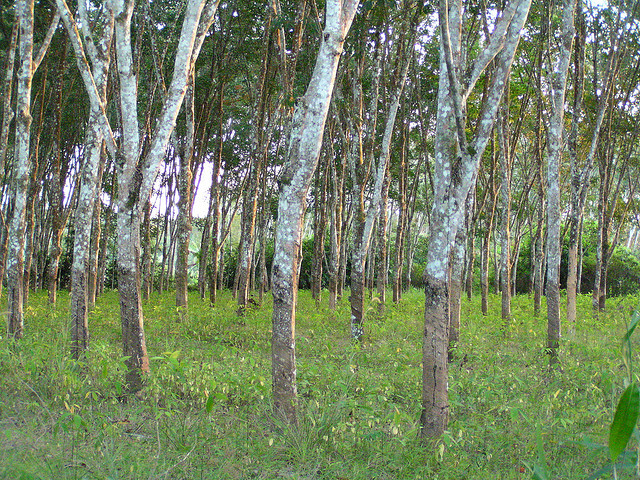

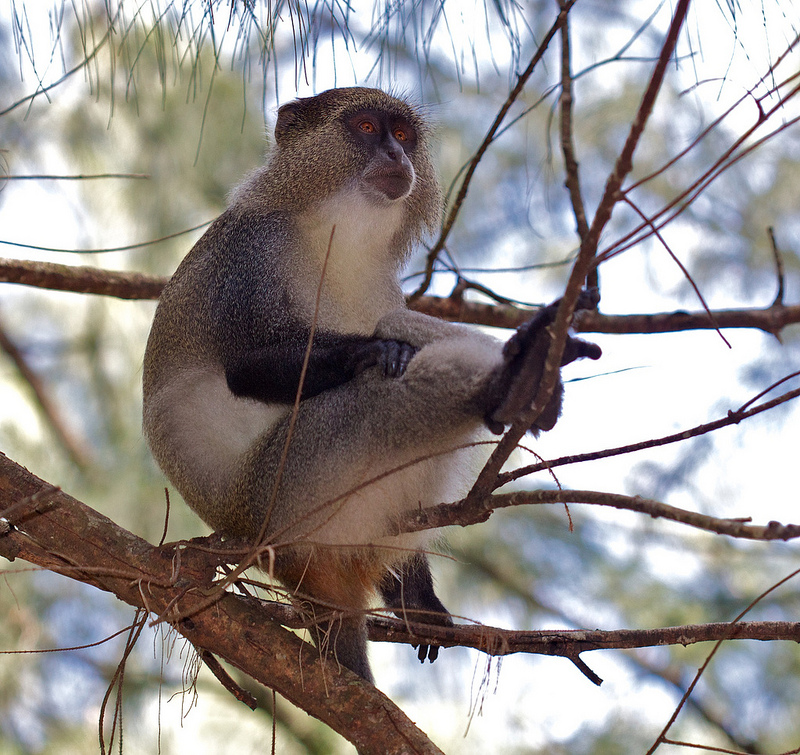
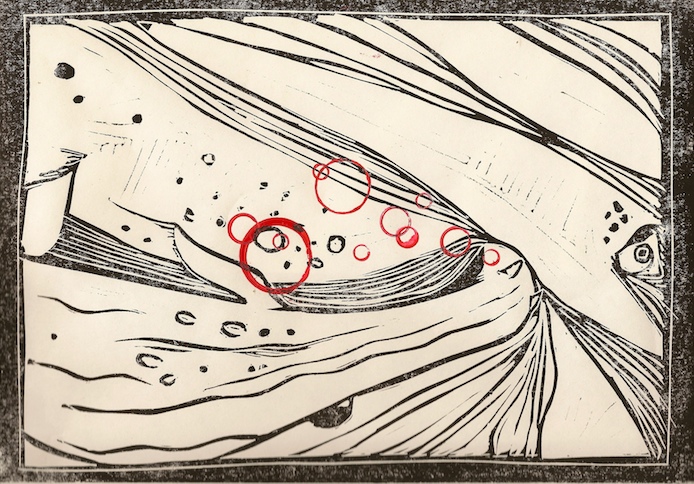
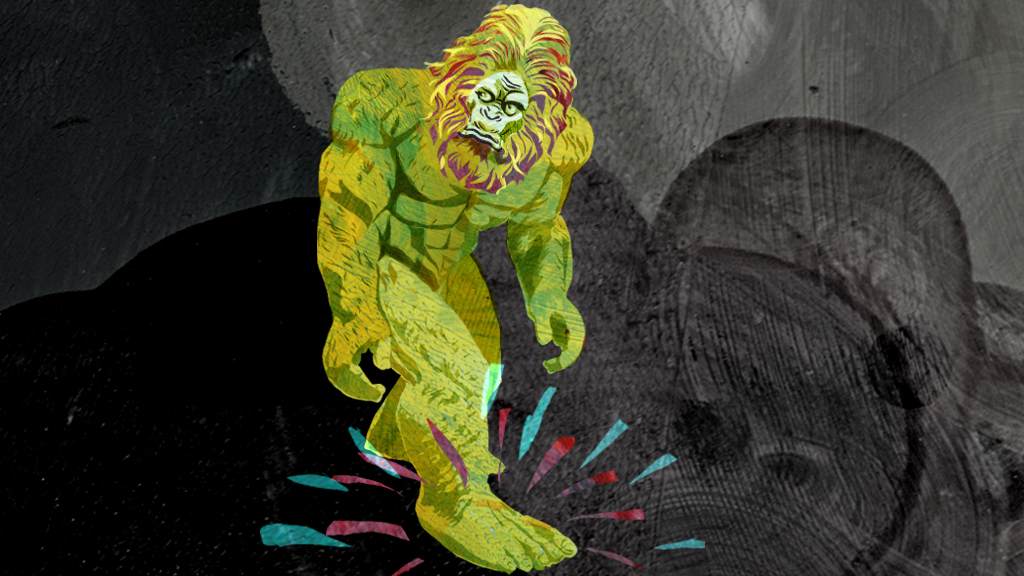
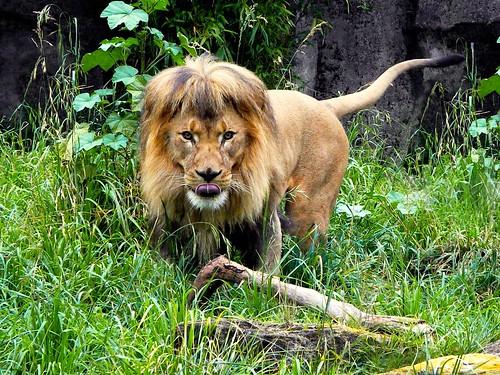




Feedback